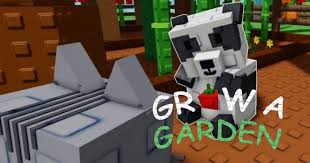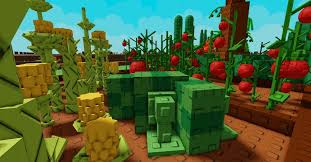Advertisement
Mastering the Greenhouse System in Grow a Garden: A Complete Guide
August 11, 2025
Latest Articles
-

- News
-

- Tips&Guides
-

- News
-

- News
Popular
-
 Roblox: 99 Nights in the Forest
Explore and uncover secrets in Roblox: 99 Nights in the Forest, a multiplayer horror-survival experience packed with betrayal and lore.
Read full review
Roblox: 99 Nights in the Forest
Explore and uncover secrets in Roblox: 99 Nights in the Forest, a multiplayer horror-survival experience packed with betrayal and lore.
Read full review
-
 Grow a Garden
Learn how to grow a garden step by step—from planning and planting to harvesting—while boosting health, sustainability, and joy.
Read full review
Grow a Garden
Learn how to grow a garden step by step—from planning and planting to harvesting—while boosting health, sustainability, and joy.
Read full review
-
 Steal a Brainrot
"Steal a Brainrot" means obsessively adopting others' fixations. It's a chaotic meme blending fandom, identity, and online culture.
Read full review
Steal a Brainrot
"Steal a Brainrot" means obsessively adopting others' fixations. It's a chaotic meme blending fandom, identity, and online culture.
Read full review
-
 VR Chat
VR Chat is a free social VR platform where you create avatars, explore worlds, and meet people in immersive virtual spaces.
Read full review
VR Chat
VR Chat is a free social VR platform where you create avatars, explore worlds, and meet people in immersive virtual spaces.
Read full review
-
 REMATCH
REMATCH is a fast-paced, competitive strategy game praised for its fair mechanics, rewarding gameplay, and vibrant community.
Read full review
REMATCH
REMATCH is a fast-paced, competitive strategy game praised for its fair mechanics, rewarding gameplay, and vibrant community.
Read full review
-
 GORILLA TAG
Gorilla Tag reviews is a wild, physical VR game where you move like a gorilla—chaotic, social, and full of primal fun.
Read full review
GORILLA TAG
Gorilla Tag reviews is a wild, physical VR game where you move like a gorilla—chaotic, social, and full of primal fun.
Read full review






















